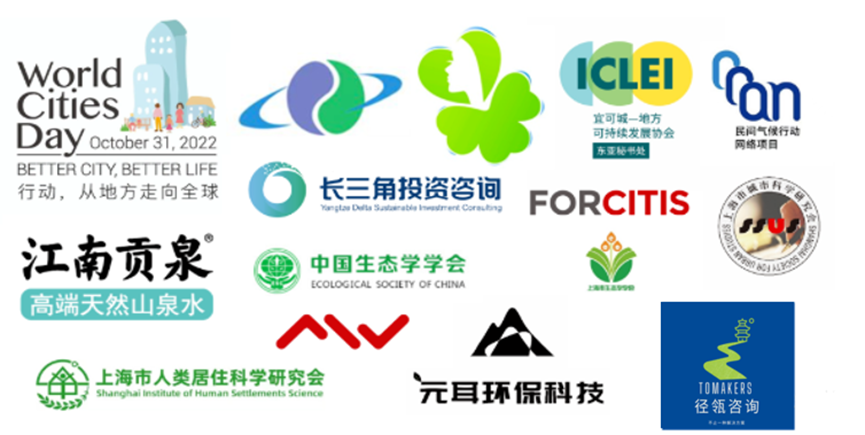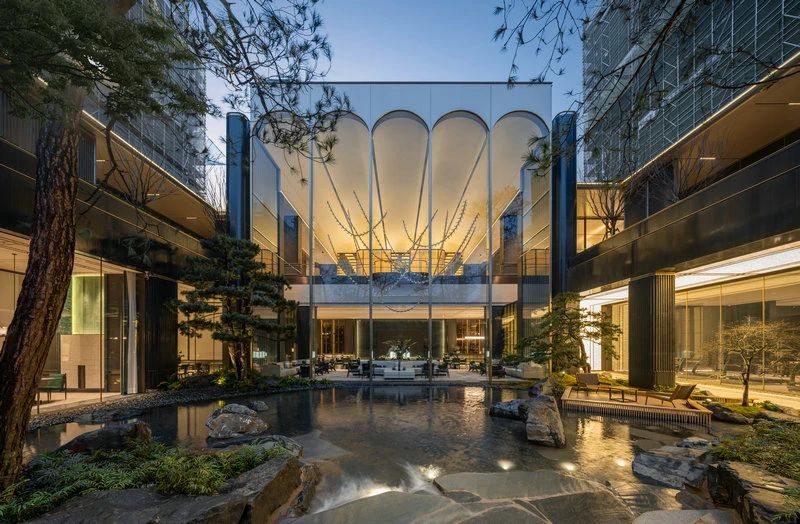People-oriented architecture | Chinese Low-carbon Community Development Forum Review
The concept of people-oriented architecture starts from the needs of human beings, and regards architectural design and planning as a kind of service. The goal of this service is to provide people with the most suitable living and working environment. In such environment, we provide the most suitable living and working environment for people. In such environment, people can give full play to their potential and enjoy a healthy, comfortable and beautiful life experience.
In practice, the concept of people-oriented architecture has been widely used. For example, in the design of residential buildings, architects focus on considering the different needs of family members, and design multifunctional space layout to provide a comfortable, safe and private space for all people. In the design of public buildings, architects focus on considering behavior habits and activity rules of people, and design transparent, bright and convenient public spaces to provide people with a place for communication, study and entertainment.
Under the background of "Peak Carbon Dioxide Emissions and Carbon Neutrality", Chinese low-carbon communities also need to take "people-oriented" as the core orientation of promoting community construction, and explore their own development path on the basis of drawing lessons from international experience. FORCITIS actively participated in the series of World Cities Day activities in the past. In November 2022, FORCITIS participated in the "Chinese Low-carbon Community Development Forum". Focusing on the theme of "Low-carbon Community-New Business Card of Shanghai City", the experience and new development difficulties of low-carbon community construction was discussed on the forum in Meilong Village, Lingyun Street, Xuhui District, Shanghai, and jointly explored the problems, development directions and solutions of low-carbon community construction in the process of Chinese modernization, responding to the theme of "Action, from Local to Global" on World Cities Day 2022.

Meilong Third Village, Lingyun Street, Shanghai, takes low carbon and environmental protection as the breakthrough point and "people-oriented" as the design concept to create a humanistic real estate with high green coverage and beautiful environment, which is very livable. After decades of polishing the characteristic brand of "Green Housewives", the Party's organizational mobilization ability has been further realized and enlarged, attracting more and more residents to go out from their homes and participate in autonomy and co-governance. The community regards "people-oriented" as the core orientation of promoting community construction, an important yardstick for promoting the energy level of residential areas, and the fundamental standard for promoting fine governance. Starting from the needs of the masses and the outstanding problems of urban governance, the community can run more efficiently and with more temperature.
The "Chinese Low Carbon Community Development Forum" also invited some international organizations to share international experiences in carbon neutrality cities. Xie Xuan, a project officer from the East Asia Secretariat of ICLEI - Local Governments for Sustainability, first emphasized the role of cities in global development and climate development: 75% of global energy consumption comes from cities, 55% of the population lives in cities, and nearly 70% of carbon emissions come from cities. These data will increase more and more, because more and more people will move to cities. This means that if we want to achieve low-carbon development, we must reduce the carbon emissions generated in our urban life. Second, from the framework, direction and tools of low-carbon city construction, ICLEI shared excellent international cases and five major directions of promoting the development of low-carbon city with ICLEI.
Dr. Ren Wenwei, Director of WWF Shanghai Regional Project, shared WWF's experience in promoting low-carbon cities in Shanghai. From the comprehensive project of "Low-carbon Buildings, Low-carbon Communities and Low-carbon Industries", we summarized the experience, achievements and issues that need to be focused on in the future, and promote the practice and thinking of building a low-carbon city in Shanghai.
In the roundtable discussion session of "Low Carbon Community-New Business Card of Shanghai City", FORCITIS and the representatives from social organizations, green enterprises, community grass-roots management and green families exchanged their experiences, experiences and prospects on low carbon community, as well as the necessity and feasibility of jointly promoting the construction of low carbon community. FORCITIS discussed the achievable path of low-carbon community transformation from the aspects of urban renewal and green building, and echoes the necessity of low-carbon transformation of old communities in Shanghai put forward by Tao Kanghua, chairman of Yangtze River Delta Human Ecological Science and Technology Development Center.

To sum up, in the current development process of the construction industry, the people-oriented architectural design concept and the low-carbon building concept are still in the process of continuous exploration and practice. It is necessary to adhere to the three principles of systematicness, mass and long-term, and jointly build a comprehensive cooperation system among government, community, masses, organizations and industries.
-

 16.06.2025NewsFORCITIS Lighting has won three international authoritative awards for multiple works
16.06.2025NewsFORCITIS Lighting has won three international authoritative awards for multiple works -

 01.12.2025NewsFORCITIS Thanksgiving Event Review
01.12.2025NewsFORCITIS Thanksgiving Event Review -

 01.12.2025NewsFORCITIS attends the academic annual meeting of the Architectural Curtain Wall Professional Committee of the Chinese Architectural Society
01.12.2025NewsFORCITIS attends the academic annual meeting of the Architectural Curtain Wall Professional Committee of the Chinese Architectural Society







